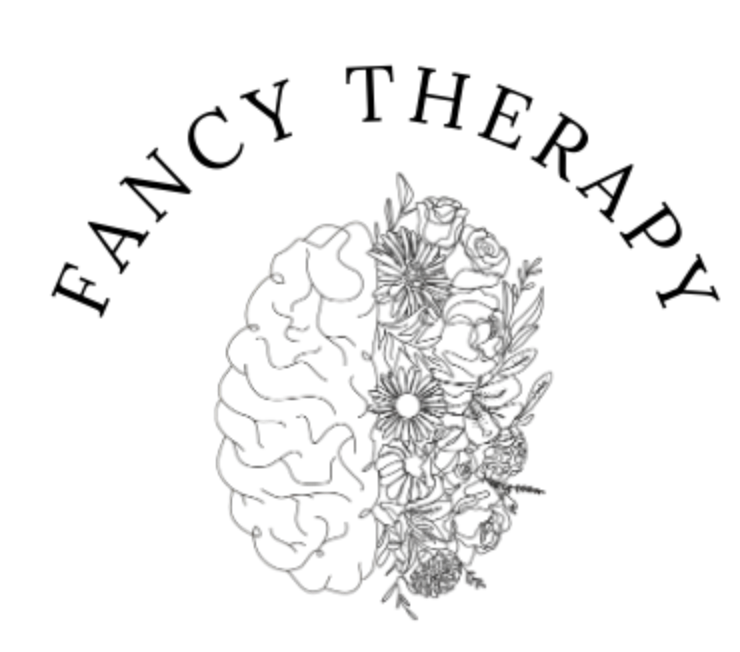The Impact of Physical Exercise on Trauma Recovery
Trauma impacts our physical, mental, and emotional health. It's lasting and beyond what it seems from the outside. Usually, with trauma, there are certain traditional approaches, which often include therapy and medication. But what is interesting is physical exercise is also powerful and often not the first step that people think about when considering what helps heal trauma. Physical exercise has many benefits that not only involve the body but also integrate our mind and emotions, which helps in our recovery process for trauma (Wang et al., 2023).
As you may know, trauma comes from harmful and distressing experiences that harm both a person's physical and mental health. It leaves lasting scars. This disconnect and the abrupt nature of trauma often lead to anxiety, chronic stress, and a multitude of health issues. With trauma, oftentimes when we're experiencing it, our body releases hormones like cortisol and adrenaline, which are essentially associated with stress. The concern here is if cortisol and adrenaline, or stress hormones, remain elevated over time, it can lead to many health problems.
This is where physical exercise comes in because it helps reduce our stress hormones and provide some balance to the body to decrease those elevated levels of stress hormones, which is something harmful and we want to avoid. This is done because when we are exercising or engaging in any physical activities, endorphins are produced in our body, which are essentially chemicals that improve mood and create a sense of well-being. Research has shown that regular exercise can help reduce anxiety and symptoms of depression, which are often common when people experience trauma (Carek et al., 2011).
Furthermore, another benefit of exercise is that it can actually help us regulate our nervous system. When we experience trauma, we often stay in a state where we are very alert and unable to relax, and we might also be in a state of discomfort. Engaging in activities such as running, swimming, or cycling helps release that tension and excess energy stored in our body due to trauma, which helps our body move from an alert state to a more comfortable and relaxed state. This is really important that we regulate and find that balance in our body because it can help provide us with a sense of control regarding our physical and mental health.
Another benefit is that exercise can improve our cognitive function (Mandolesi et al., 2018). Trauma sometimes affects memory, concentration, and decision-making abilities. For example, when we engage in regular physical activities, this is often related to increased brain health through improved blood flow. Research also shows that exercise supports the growth of new cells in our brain, which helps improve cognitive abilities and build a sense of resilience (Liu & Nusslock, 2018).
Most importantly, when we engage in physical exercise, we also feel empowered and accomplished. Oftentimes with trauma, individuals feel the opposite—they feel powerless and disconnected from their bodies. When we set certain goals related to physical activity and start regaining control over our bodies and the activities we engage in, we slowly start working towards building self-esteem and control, which can help with the overall recovery for trauma survivors.
Different types of exercises can help trauma in different ways and contribute to recovery in various aspects. Aerobic exercises like running, swimming, and cycling help reduce stress and anxiety elements commonly experienced by trauma survivors. This is helpful because engaging in these activities helps burn off excess adrenaline in our body and transition into a state of relaxation. Group physical activity classes provide social support. For example, joining a sports team or participating in group exercises can offer support and build a support system, which is important as trauma often leads to feelings of isolation. Moreover, focusing on strength training, such as weightlifting, helps boost mental and emotional resilience. It can also help individuals gain confidence as they achieve certain goals. Strength training releases endorphins, which improve mood overall. Gentle physical activities such as yoga and Tai Chi, which incorporate both mind and body, are also very beneficial. These practices combine physical movement, breathing, and mindfulness, which help heal and soothe our nervous system, which is heightened and often in a state of stress due to trauma.
I know it can be very daunting to think about starting exercise, especially if it's something that we are not used to. Like many things in life, starting with small steps is important. We don't have to start with extensive physical activities. We can begin with short durations of physical activities, such as 5 minutes of gentle stretching or a 10-minute walk. Starting with manageable sessions and keeping it consistent is key. It's also important to choose activities that we enjoy, whether it's walking, yoga, swimming, cycling, or going to the gym. Listening to our body and understanding our limits is crucial. We don't want to exceed those limits. If you're unsure or have questions, it's a great idea to talk to your physician about physical exercise. They can refer you to some great resources to get started in a way that's best personalized for you.
References:
Carek, P. J., Laibstain, S. E., & Carek, S. M. (2011). Exercise for the Treatment of Depression and Anxiety. The International Journal of Psychiatry in Medicine, 41(1), 15–28. https://doi.org/10.2190/PM.41.1.c
Liu, P. Z., & Nusslock, R. (2018). Exercise-Mediated Neurogenesis in the Hippocampus via BDNF. Frontiers in Neuroscience, 12, 52. https://doi.org/10.3389/fnins.2018.00052
Mandolesi, L., Polverino, A., Montuori, S., Foti, F., Ferraioli, G., Sorrentino, P., & Sorrentino, G. (2018). Effects of Physical Exercise on Cognitive Functioning and Wellbeing: Biological and Psychological Benefits. Frontiers in Psychology, 9, 509. https://doi.org/10.3389/fpsyg.2018.00509
Wang, Z., Jiang, B., Wang, X., Li, Z., Wang, D., Xue, H., & Wang, D. (n.d.). Relationship between physical activity and individual mental health after traumatic events: A systematic review. European Journal of Psychotraumatology, 14(2), 2205667. https://doi.org/10.1080/20008066.2023.2205667




